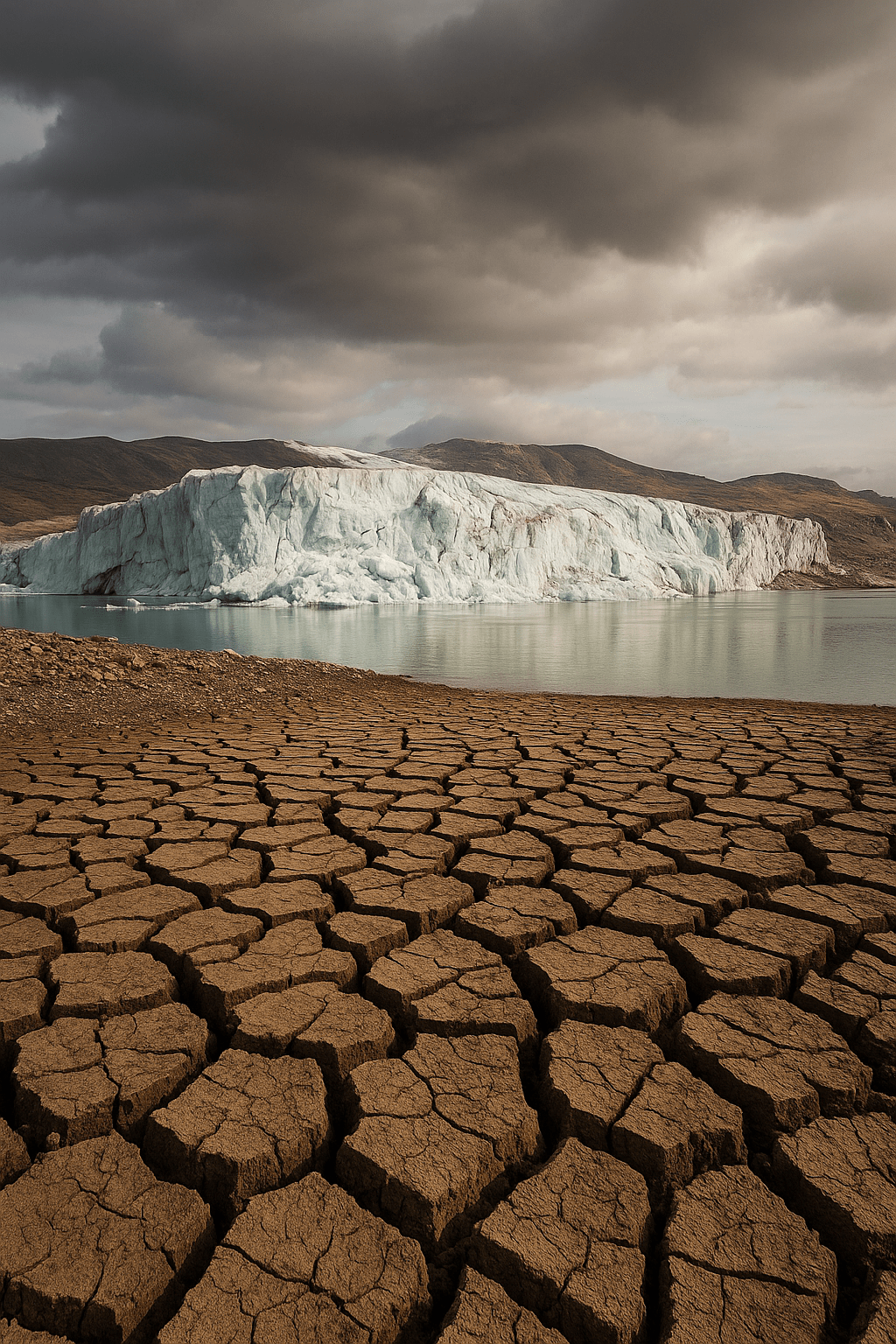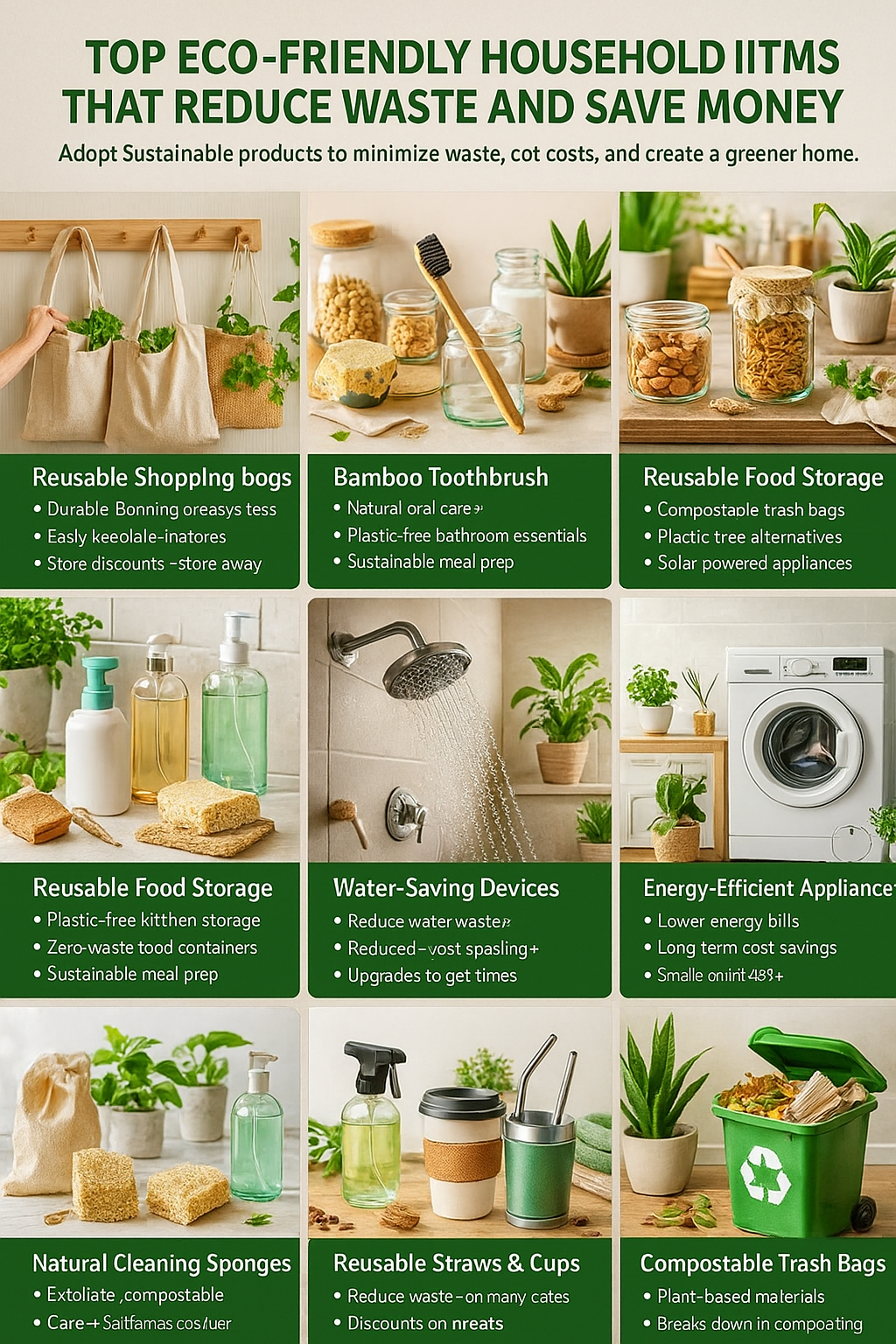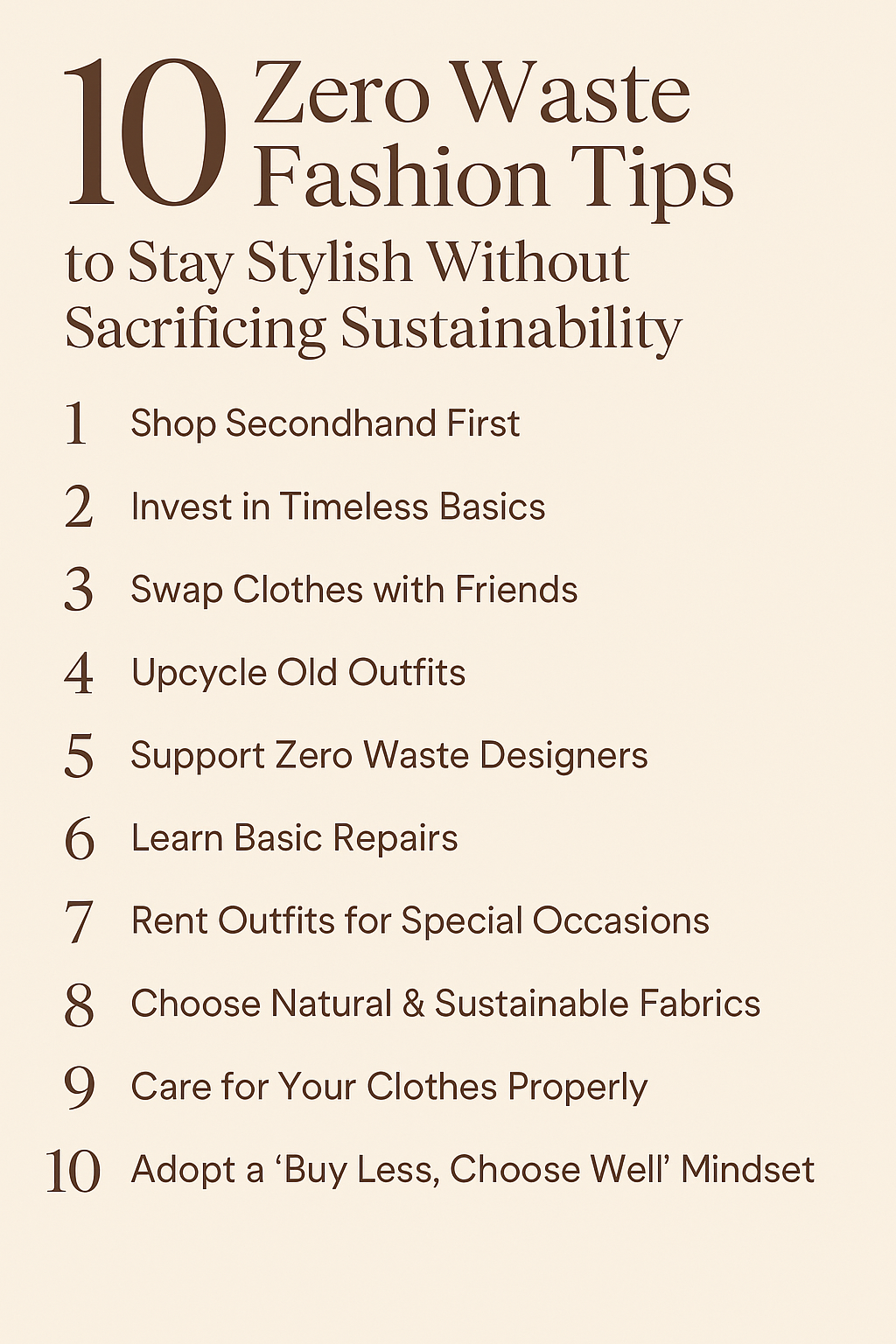The year 2026 shows us how urgent our environmental problems have become. From climate change to plastic pollution, the planet is under stress. Millions of people are already affected by floods, fires, and poor air quality. The good news is that many of these challenges are problems in the world that can be solved if we act quickly. Here are the 17 biggest environmental problems of 2026, explained in clear terms.

1. Climate Change and Environmental Degradation
Climate change is the biggest driver of environmental degradation. Global surface temperatures have already risen by 1.2°C since pre-industrial times. This warming leads to stronger storms, rising seas, and long droughts. Scientists warn that we may pass 1.5°C by 2030 unless emissions fall fast.
2. Air Pollution: When the Air Hurts My Face
Air pollution is so bad in some cities that people say “air hurts my face.” The WHO reports that 99% of people breathe unsafe air. Smog from cars, factories, and power plants harms lungs, causes cancer, and shortens life spans.
3. Land Pollution and Waste
Land pollution is a growing crisis. The world produces over 2 billion tonnes of solid waste each year, and much of it ends up in dumps. Hazardous waste poisons soil, groundwater, and even crops. Cleaner waste systems are needed now.
4. Greenhouse Plastic and Farming
Farmers use greenhouse plastic to speed up crop growth, but it adds to plastic waste. Since the 1950s, the world has produced more than 8 billion tonnes of plastic. Most of it is not recycled. Over time, it breaks down into microplastics that pollute water, air, and food.
5. Fossil Fuels and the Energy Crisis
The disadvantages of fossil fuels are well known. They create 75% of greenhouse gas emissions and 90% of carbon dioxide emissions. Unless we switch to clean energy soon, the planet faces a crisis point of extinction.
6. Biodiversity Loss: How Many Pangolins Are Left?
Pangolins are among the most trafficked animals on Earth. How many pangolins are left? Their numbers in Asia have dropped by 80%. Many other species also face extinction. Current extinction rates are 100 times higher than the natural level.
7. Polluted Rivers
The Ganges, Citarum, and Yellow River are among the most polluted rivers in the world. The UN says 80% of wastewater worldwide flows into rivers untreated. This spreads disease, kills fish, and poisons water supplies.
8. Soil Erosion: Pros and Cons
Soil erosion can create rich soil in river deltas. But when it happens too fast, it destroys farmland. The FAO says 33% of soils are already degraded. Without action, crop production could fall by 10% by 2050.
9. Unsustainable Farming
Farming practices often put pressure on ecosystems. Farmers ask how to make sugar cane grow faster, but over-irrigation and pesticides harm the land. A balance between yield and sustainability is essential.
10. Sustainability Examples
There are many sustainability examples we can follow. Denmark plans to use 100% renewable power by 2030. Costa Rica already produces most of its electricity from renewables. Cities like San Francisco aim for zero waste.
11. Overpopulation and the Voluntary Human Extinction Movement
The global population reached 8.1 billion in 2026. This growth puts pressure on food, water, and energy. Some groups, like the Voluntary Human Extinction Movement, call for slower population growth. While controversial, the debate highlights how people and nature are linked.
12. Climate Refugees
Rising seas and droughts are forcing people to leave their homes. The World Bank expects 216 million climate refugees by 2050. The worst countries to live in will often be those hit hardest by climate change.
13. Extreme Heat
The hottest countries in the world now face heatwaves over 50°C (122°F). These events kill thousands, reduce farm yields, and strain power systems.
14. The Plastic Crisis
Plastics melt at different points, but the plastic melting point is not the real problem. The bigger issue is the sheer amount. Each year, 11 million tonnes of plastic enter oceans. Microplastics are now found in drinking water, fish, and even human blood.
15. Oceans in Crisis
The oceans are facing an earth crisis. Overfishing, warming, and coral bleaching are destroying marine life. Even primary consumers in the rainforest of the sea, such as plankton, are in decline. Already, 90% of fish stocks are overfished or fully fished.
16. Global Inequality and Life Expectancy
The poor suffer most from climate stress. In the Philippines, life expectancy is 71 years, below the world average of 73. Pollution, weak health care, and frequent storms worsen the situation.
17. Human Solutions
These are problems in the world that can be solved. The law of conservation of mass examples reminds us that nothing disappears—it only changes form. With better recycling, clean energy, and stronger policies, we can protect the planet. Even planet 7 complaints about unfair systems show people want accountability.
Side Notes
- Weird places on Google Earth often reveal scars from mining and deforestation.
- Unambitious leaders slow down progress.
- Sugar Chile Robinson, a jazz musician, appears in eco-discussions as a reminder that culture and distraction compete for attention.
- One of These Days short story reflects unfair systems, much like the environment today.
Conclusion
The 17 biggest environmental problems of 2026 show the dangers we face. Billions of tonnes of waste, millions of deaths, and climate refugees make the picture urgent. Yet change is possible. With eco challenge solutions, less fossil fuel use, and more renewable energy, humanity can avoid disaster. The choice is clear: act now or face an irreversible earth crisis.





